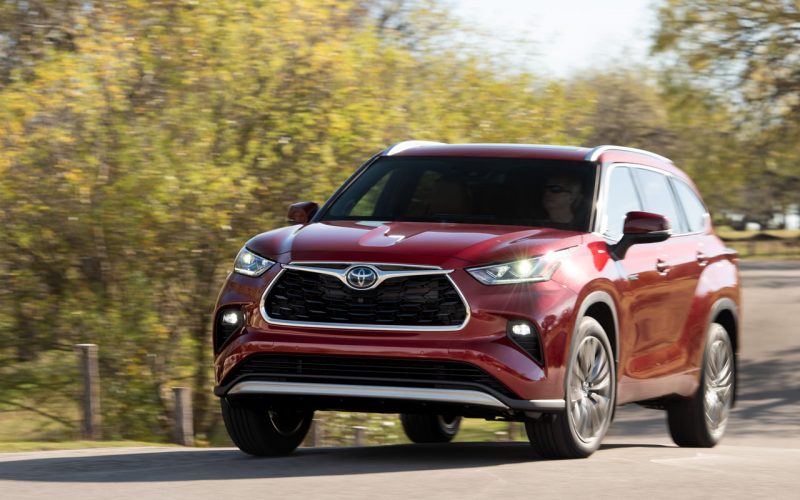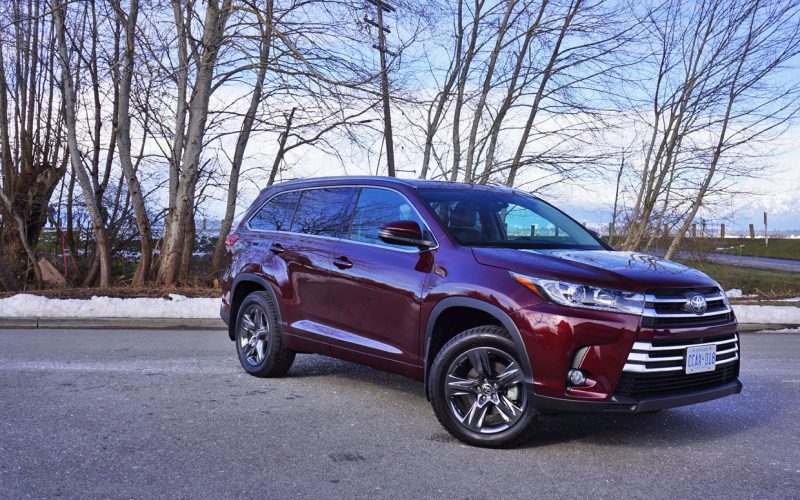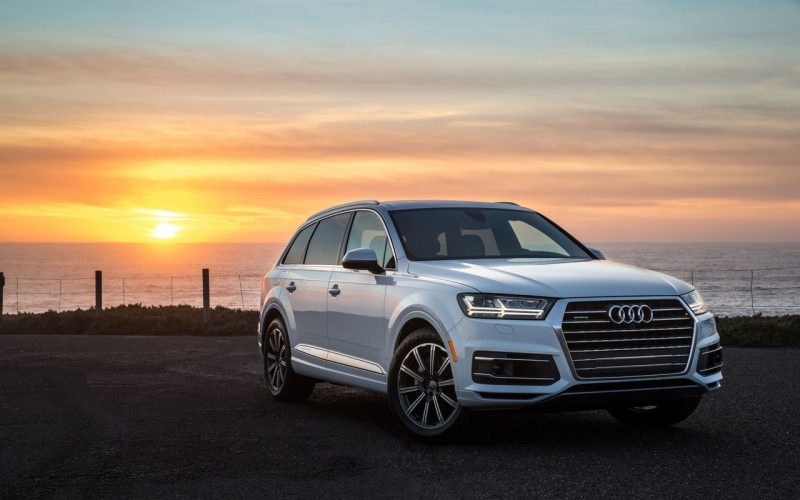
Reading Time: 17 minutesIf I loved Toyota’s Highlander Hybrid any more, it would be a Hyundai Palisade hybrid. I

Reading Time: 3 minutesNo other automaker has sold more hybrid electric vehicles than Toyota, the brand having initiated the

Reading Time: 14 minutesDo you remember that zany TV ad that saw a family pulling up to a national

Reading Time: 4 minutesAudi and Subaru have been named best Mainstream Brand and best Premium Brand respectively in ALG’s
© 2025 The Car Magazine. All Rights Reserved, Privacy Policy | Terms of Use